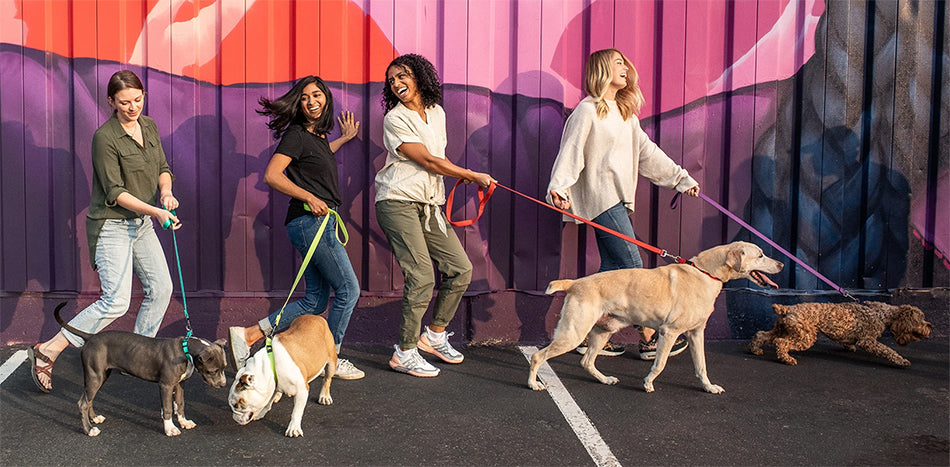Your cart is empty. Let's fix that!


Most of us are prepared for emergencies to some degree. Perhaps you have a “go-bag” in your home, or a safety kit in your car. One of the most important elements of a safety plan is to get you and your family out of the dangerous situation, and this should always include evacuating with pets.
Pets and hurricanes can be a scary combination, so it’s extra important to keep your fur babies safe during an emergency. If you’re unsure of what to do with your pets in an emergency, now is the best time to create a plan. Evacuating with pets is more complicated than just putting them in the car and getting out of town. You should create a pet evacuation plan so you are prepared for emergencies.
While pet evacuation plans may look different based on the type of pets you have, they should all include where your pets will stay and how they will get there. Just like their pawrents, pets can get anxious. Look out for anxiety symptoms in your dog in emergency situations. Cats will also likely become anxious, try to calm them down before traveling.
Other aspects to consider:
Pet emergency kits should include everything they will need for the duration of two weeks.
Contact hotels and motels outside your immediate home location to find out if they accept pets. Ask about any restrictions on number, size, and species. Even hotels with a no pet policy sometimes waive that during an emergency. Keep a list of animal-friendly venues handy, and call ahead for a reservation as soon as you think you might have to leave your home. Don’t wait for a mandatory evacuation order, plan ahead!